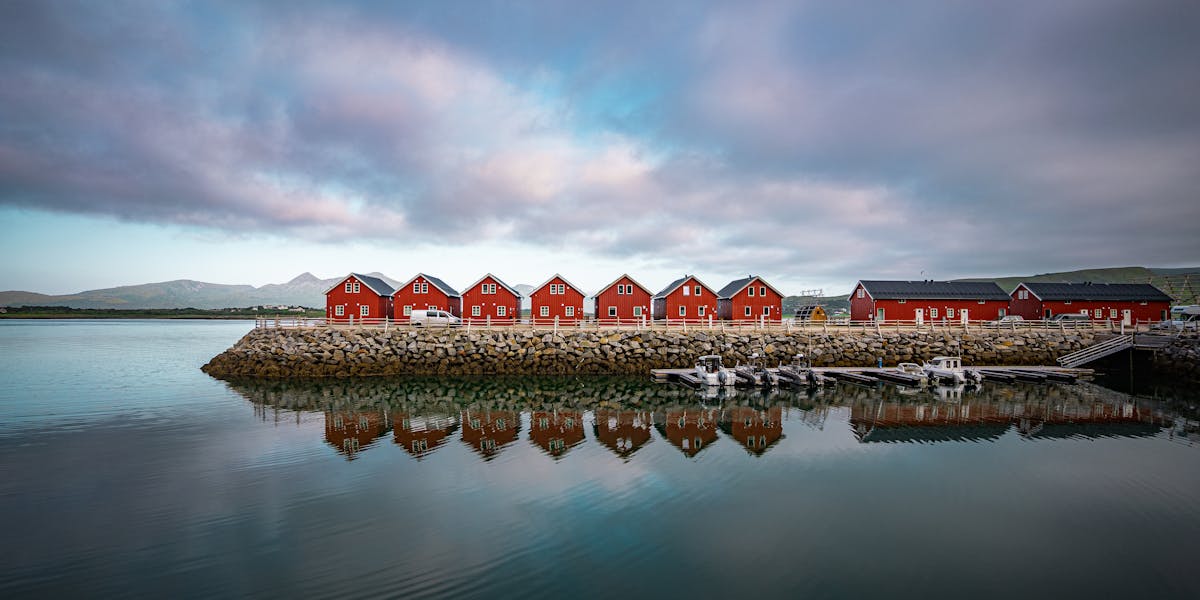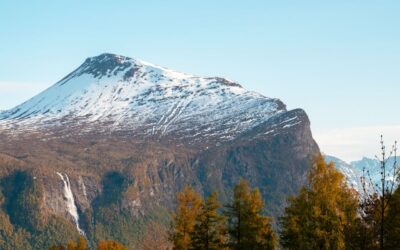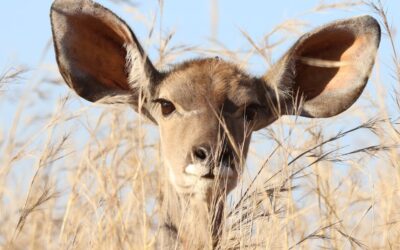The Sami people are one of Europe’s oldest indigenous groups, with a rich culture and history that spans thousands of years. Their traditional homeland, known as Sápmi, stretches across parts of Norway, Sweden, Finland, and Russia. In Northern Norway, particularly in regions like Karasjok and Kautokeino, travellers have the unique opportunity to engage with Sami culture and learn about their fascinating traditions, history, and way of life.
In this article, we’ll dive deep into the Sami people’s history, explore their vibrant cultural practices, and provide tips on how travellers can respectfully engage with Sami traditions when visiting Northern Norway.
The History of the Sami People
The Sami have lived in the Arctic regions of Scandinavia for at least 5,000 years, long before modern national borders existed. Traditionally, the Sami were semi-nomadic reindeer herders, following the herds as they migrated across the tundra. This relationship with reindeer remains central to Sami culture and identity, though not all Sami today are involved in reindeer herding.
For centuries, the Sami faced challenges from colonial powers and Christian missionaries who attempted to assimilate them into mainstream Scandinavian culture. During the 19th and 20th centuries, the Sami experienced harsh policies of cultural repression, including the prohibition of their language and spiritual practices.
In recent decades, however, the Sami have worked hard to reclaim their cultural identity. The Norwegian government has made significant strides in recognising the Sami as an indigenous people, with constitutional protections and their own parliament, the Sámediggi in Karasjok.
Sami Language and Spirituality
The Sami language is part of the Finno-Ugric language family, closely related to Finnish but distinctly different from Norwegian. There are multiple dialects of Sami, with Northern Sami being the most widely spoken. Visitors to Sami regions will often see signs in both Sami and Norwegian, reflecting the cultural revival of the language.
Sami spirituality is deeply connected to nature and the land. Traditional Sami religion was animistic, meaning they believed that everything in nature—animals, plants, rocks—had a spirit. The shamans, or noaidi, played a central role in Sami society, acting as spiritual leaders who communicated with the spirit world through rituals, chants, and the use of drums.
Although Christianity was introduced to the Sami people in the 18th and 19th centuries, many Sami still maintain elements of their traditional spirituality, and there is a resurgence of interest in the old ways. The Sami drum, which was once banned, is now a symbol of cultural pride, and the joik—a traditional form of Sami singing—is still widely performed.
Sami Traditions and Way of Life
The reindeer remains a central figure in Sami life and culture. Even today, reindeer herding is a way of life for many Sami families, especially in Northern Norway. Reindeer are used for food, clothing, and tools, and the Sami have developed an intricate knowledge of the animals and the environment in which they live.
The Sami are also known for their traditional clothing, known as gákti. The gákti varies in style depending on the region and is often worn during important ceremonies and festivals. It is brightly coloured, with intricate patterns that reflect the wearer’s family or geographic region. Visitors may see Sami people wearing gákti during events such as the Sami Easter Festival in Kautokeino, one of the largest cultural gatherings in Sápmi.
Sami Handicrafts (Duodji)
Traditional Sami handicrafts, known as duodji, are an important part of Sami culture and identity. These crafts include items made from reindeer antlers, bone, wood, and leather. Sami artisans create beautiful knives, jewellery, and clothing, often decorated with traditional patterns. When visiting Sami markets or festivals, such as those in Karasjok, travellers can purchase authentic, handmade items and support indigenous craftsmanship.
Engaging Respectfully with Sami Culture
Travellers visiting Northern Norway have many opportunities to engage with Sami culture in a respectful and meaningful way. Here are some tips for travellers who want to learn about and experience Sami traditions:
1. Visit Karasjok and Kautokeino
The towns of Karasjok and Kautokeino are the cultural heartlands of the Sami people in Norway. These towns are excellent places to learn about Sami traditions, with cultural centres, museums, and festivals that offer a window into indigenous life.
– Karasjok: The home of the Sámediggi (Sami Parliament), Karasjok is a central hub for Sami political and cultural life. Travellers can visit the Sámi Parliament building, which is shaped like a traditional Sami tent, or lavvu. The town also hosts the Sami Cultural Park, where visitors can learn about traditional Sami crafts, food, and reindeer herding.
– Kautokeino: This town is famous for its Sami Easter Festival, a multi-day event that includes traditional Sami music, reindeer races, and the Sami Grand Prix, a joik competition. Kautokeino is also home to Juhls’ Silver Gallery, where visitors can see stunning examples of Sami silverwork and purchase locally made jewellery and crafts.
2. Learn About Reindeer Herding
One of the best ways to connect with Sami culture is to learn about reindeer herding directly from the people who live it. Many Sami communities offer guided tours where travellers can visit reindeer farms, feed the reindeer, and hear stories about the Sami way of life. These experiences often include learning about how the Sami herd their reindeer across vast distances, following the seasons.
In winter, you can even take part in reindeer sledding—a traditional Sami activity that is not only fun but provides insight into the deep connection between the Sami and their animals.
3. Attend Sami Festivals
Attending a Sami festival is a wonderful way to experience the vibrancy of Sami culture. These festivals are celebrations of music, dance, art, and reindeer herding, bringing together Sami people from across Sápmi. Two of the most popular festivals are:
– Sami Easter Festival (Kautokeino): Held in early April, this festival celebrates Sami culture with reindeer races, joik performances, and traditional feasts.
– Riddu Riđđu Festival (Manndalen): This international indigenous festival held in July brings together indigenous peoples from around the world, offering performances, workshops, and cultural exchanges.
4. Visit Sami Museums
To gain a deeper understanding of Sami history and culture, a visit to a Sami museum is highly recommended. Two of the most prominent are:
– Sami Parliament and Cultural Centre in Karasjok: This centre offers exhibitions on Sami history, language, and crafts, and also houses a traditional lavvu (tent) used for ceremonial purposes.
– Alta Museum: Located in Alta, Northern Norway, this museum includes a section dedicated to Sami culture and ancient rock carvings that depict the lives of early Sami people.
Supporting Ethical Tourism
When engaging with Sami culture, it’s essential to ensure that your interactions are respectful and sustainable. Supporting ethical tourism means choosing tours and experiences that are run by Sami people themselves, ensuring that your visit directly benefits the indigenous community. Look for opportunities to buy handmade crafts from local artisans and support Sami-owned businesses.
Conclusion
Exploring Sami culture offers a unique and enriching experience for travellers to Northern Norway. From the vibrant traditions of reindeer herding to the artistry of duodji and the spiritual depth of joik, the Sami people have maintained a strong connection to their land and traditions despite centuries of challenges. By visiting towns like Karasjok and Kautokeino, attending festivals, and engaging respectfully with indigenous culture, travellers can gain a deeper appreciation for the richness of Sami life while supporting the preservation of their heritage.
Whether you’re learning about Sami history at the Sámi Parliament, taking part in a reindeer sledding adventure, or attending a traditional festival, Northern Norway offers countless opportunities to engage with one of Europe’s most fascinating indigenous cultures.





0 Comments